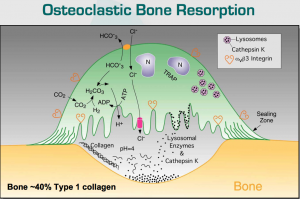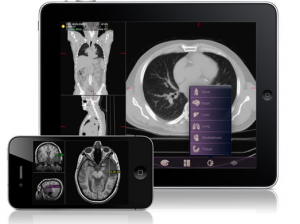Biotechnology Innovation – is a systems based approach the way forward?
Thanks to Justin Chakma, a student at the University of Toronto, who brought to my attention an interesting article on innovation that he published on Vijay Govindarajan’s Harvard Business Review Blog.
Justin discusses how in emerging markets, venture capitalists (VC) create intentional links between the companies they invest in, compared to the more typical stand-alone investment model we see in Western countries.
By creating an innovation ecosystem, VC’s in emerging markets are able to leverage their investment in multiple companies. I encourage you to read Justin Chakma’s article, in which he discusses the advantages of this approach in emerging markets.
However, he takes the analysis further and argues that a systems based approach to innovation also has relevance in developed markets. As an example he states:
“It’s possible for a drug discovery start-up to identify the most relevant patients, and improve clinical trial success and reimbursement rates, if the VC invests in diagnostics or biomarkers at the same time.”
I certainly think that in emerging markets, where there may be a lack of infrastructure and service providers, taking a portfolio or systems based approach can help bring products to market, and capture value for the VC.
However, are venture capitalists in developed countries really interested in creating an ecosystem around their investments? A VC investing in a biotechnology company has no need to buy a contract research organization for clinical trials, plenty exist nor is there a need to develop the whole system of outsourced service providers necessary to bring a drug to market. I am also not sure that VCs in America are interested in the huge cost of biomarker and diagnostics development for start-ups.
Many VC’s already diversify by investing in a range of companies within a sector. Is there additional value to them in creating formal links and synergies within this portfolio, turning VC’s into mini-conglomerates? I think we need to see more data in support of the idea that a systems based approach does in fact speed-up innovation and time to market.



 After I wrote my previous
After I wrote my previous 
 I was in Austin last week for a business meeting (spot the snow around the State Capitol) and was interested to learn that Austin, TX is an emerging and growing biotechnology cluster.
I was in Austin last week for a business meeting (spot the snow around the State Capitol) and was interested to learn that Austin, TX is an emerging and growing biotechnology cluster. Intellectual property (IP) rights are important in the biotechnology industry; one only has to look at a licensing, consulting or service agreement to appreciate this.
Intellectual property (IP) rights are important in the biotechnology industry; one only has to look at a licensing, consulting or service agreement to appreciate this.